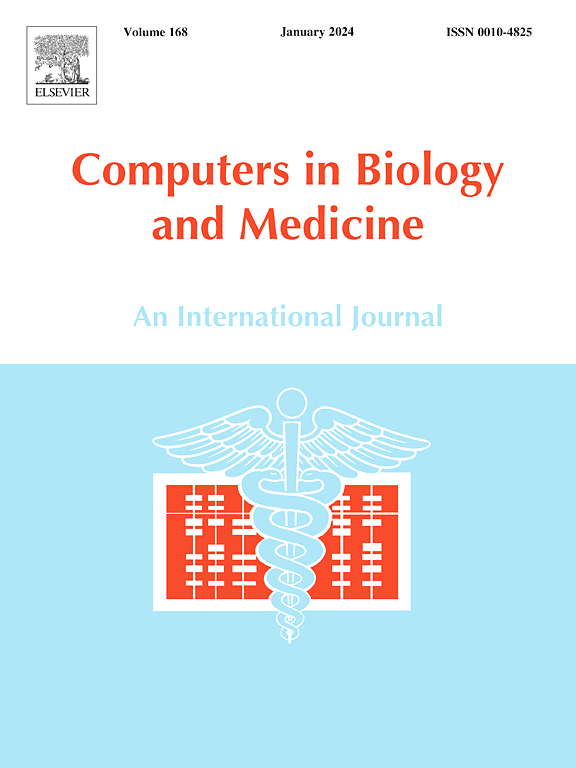Predicting cancer content in tiles of lung squamous cell carcinoma tumours with validation against pathologist labels
IF 6.3
2区 医学
Q1 BIOLOGY
引用次数: 0
Abstract
Background
A growing body of research is using deep learning to explore the relationship between treatment biomarkers for lung cancer patients and cancer tissue morphology on digitized whole slide images (WSIs) of tumour resections. However, these WSIs typically contain non-cancer tissue, introducing noise during model training. As digital pathology models typically start with splitting WSIs into tiles, we propose a model that can be used to exclude non-cancer tiles from the WSIs of lung squamous cell carcinoma (SqCC) tumours.
Methods
We obtained 116 WSIs of tumours from 35 different centres from the Cancer Genome Atlas. A pathologist completed or reviewed cancer contours in four regions of interest (ROIs) within each WSIs. We then split the ROIs into tiles labelled with the percentage of cancer tissue within them and trained VGG16 to predict this value, and then we calculated regression error. To measure classification performance and visualize the classification results, we thresholded the predictions and calculated the area under the receiver operating characteristic curve (AUC).
Results
The model's median regression error was 4% with a standard deviation of 35%. At a cancer threshold of 50%, the model had an AUC of 0.83. False positives tended to be in tissues that surround cancer, tiles with <50% cancer, and areas with high immune activity. False negatives tended to be microtomy defects.
Conclusions
With further validation for each specific research application, the model we describe in this paper could facilitate the development of more effective research pipelines for predicting treatment biomarkers for lung SqCC.
预测肺鳞状细胞癌肿瘤中肿瘤含量与病理标记验证。
背景:越来越多的研究正在使用深度学习来探索肺癌患者的治疗生物标志物与肿瘤切除的数字化整张幻灯片图像(WSIs)上的肿瘤组织形态之间的关系。然而,这些wsi通常包含非癌组织,在模型训练期间引入噪声。由于数字病理模型通常以将wsi分解为块开始,因此我们提出了一个可用于从肺鳞状细胞癌(SqCC)肿瘤的wsi中排除非癌症块的模型。方法:从肿瘤基因组图谱中获得来自35个不同中心的116个肿瘤wsi。病理学家完成或审查每个wsi内四个感兴趣区域(roi)的癌症轮廓。然后,我们将roi分成带有癌组织百分比标记的块,并训练VGG16来预测这个值,然后我们计算回归误差。为了测量分类性能和可视化分类结果,我们对预测值进行阈值化,并计算了接收者工作特征曲线(AUC)下的面积。结果:模型的中位回归误差为4%,标准差为35%。当癌症阈值为50%时,该模型的AUC为0.83。结论:通过对每个特定研究应用的进一步验证,我们在本文中描述的模型可以促进开发更有效的研究管道,以预测肺SqCC的治疗生物标志物。
本文章由计算机程序翻译,如有差异,请以英文原文为准。
求助全文
约1分钟内获得全文
求助全文
来源期刊

Computers in biology and medicine
工程技术-工程:生物医学
CiteScore
11.70
自引率
10.40%
发文量
1086
审稿时长
74 days
期刊介绍:
Computers in Biology and Medicine is an international forum for sharing groundbreaking advancements in the use of computers in bioscience and medicine. This journal serves as a medium for communicating essential research, instruction, ideas, and information regarding the rapidly evolving field of computer applications in these domains. By encouraging the exchange of knowledge, we aim to facilitate progress and innovation in the utilization of computers in biology and medicine.
 求助内容:
求助内容: 应助结果提醒方式:
应助结果提醒方式:


